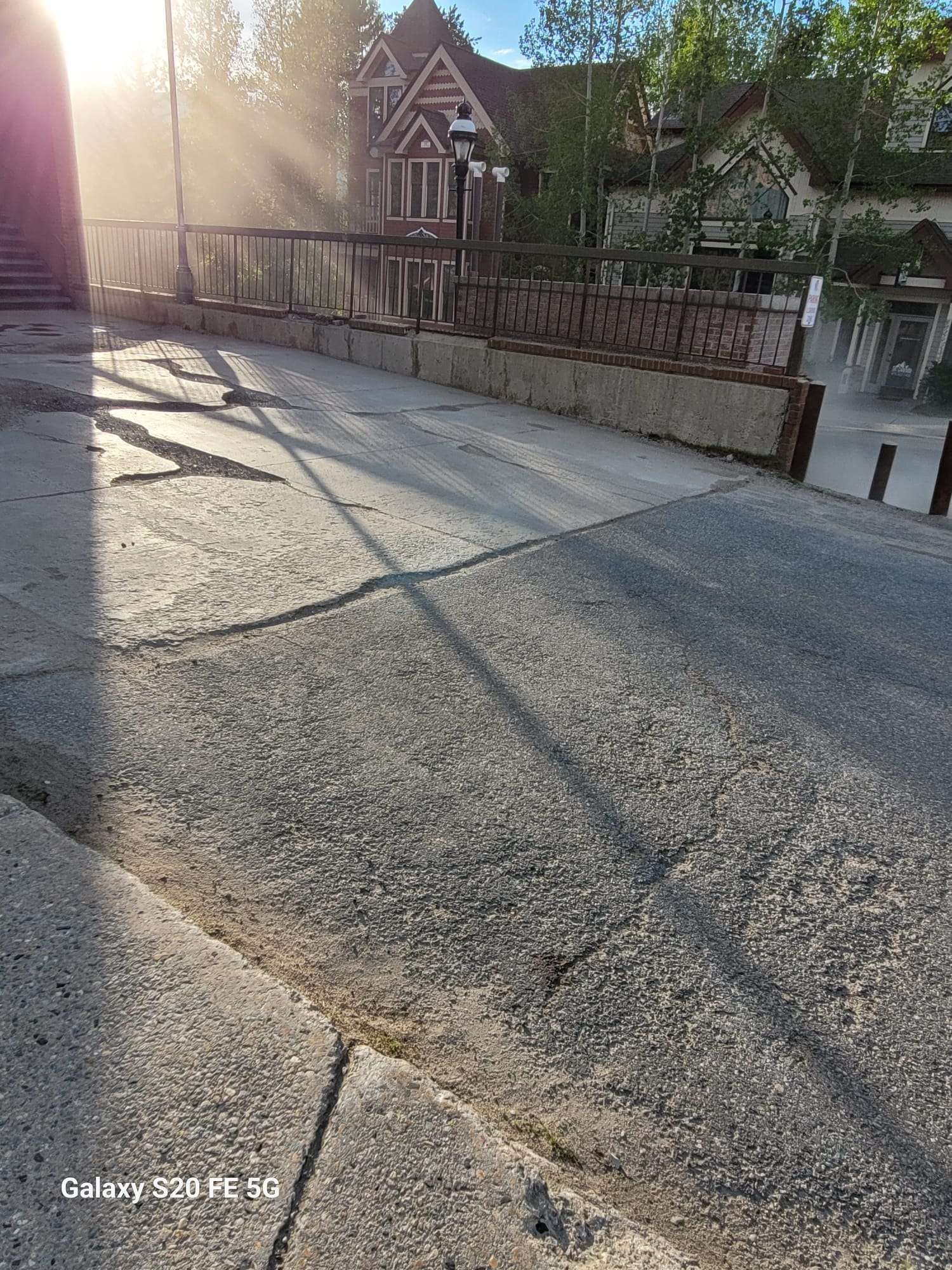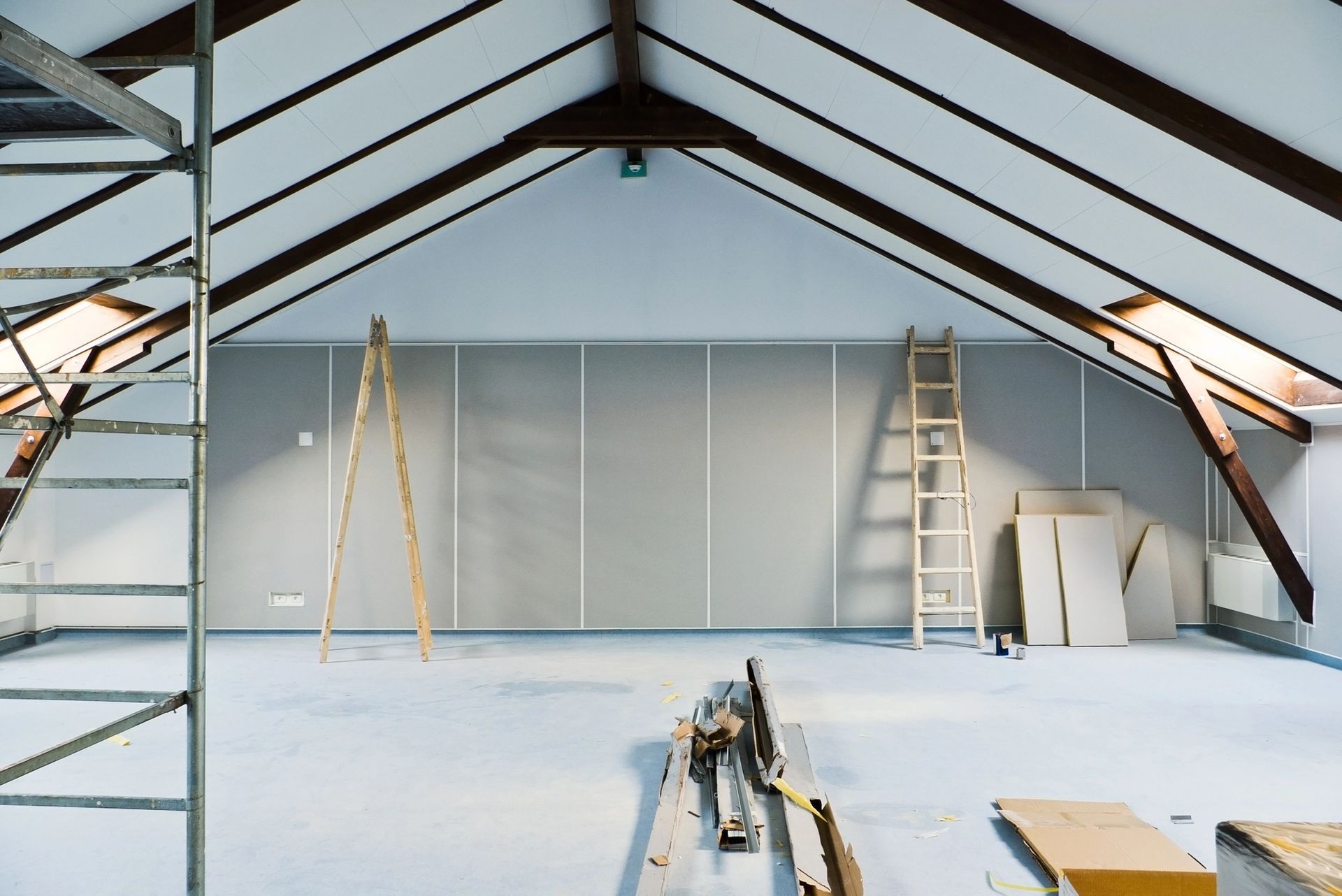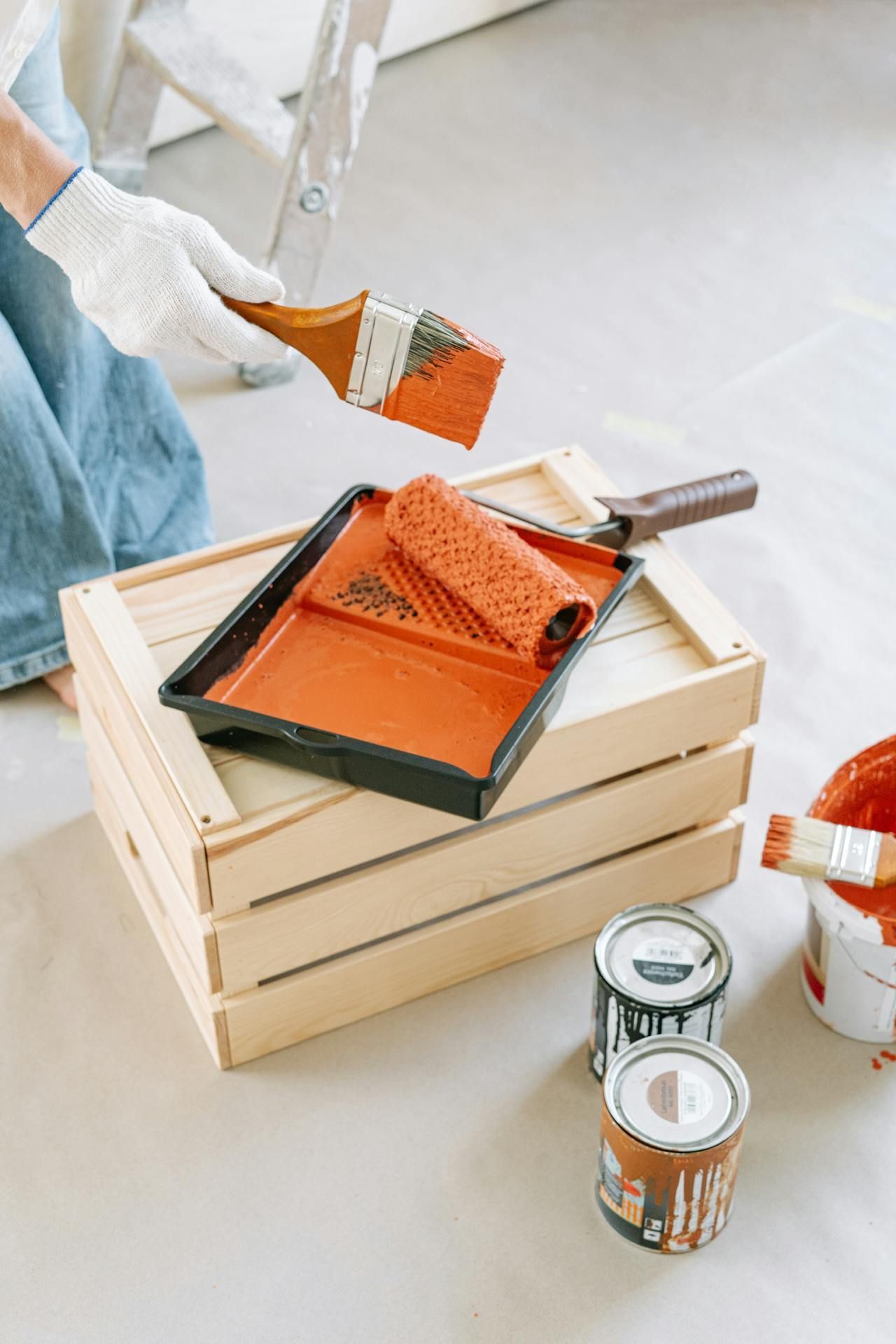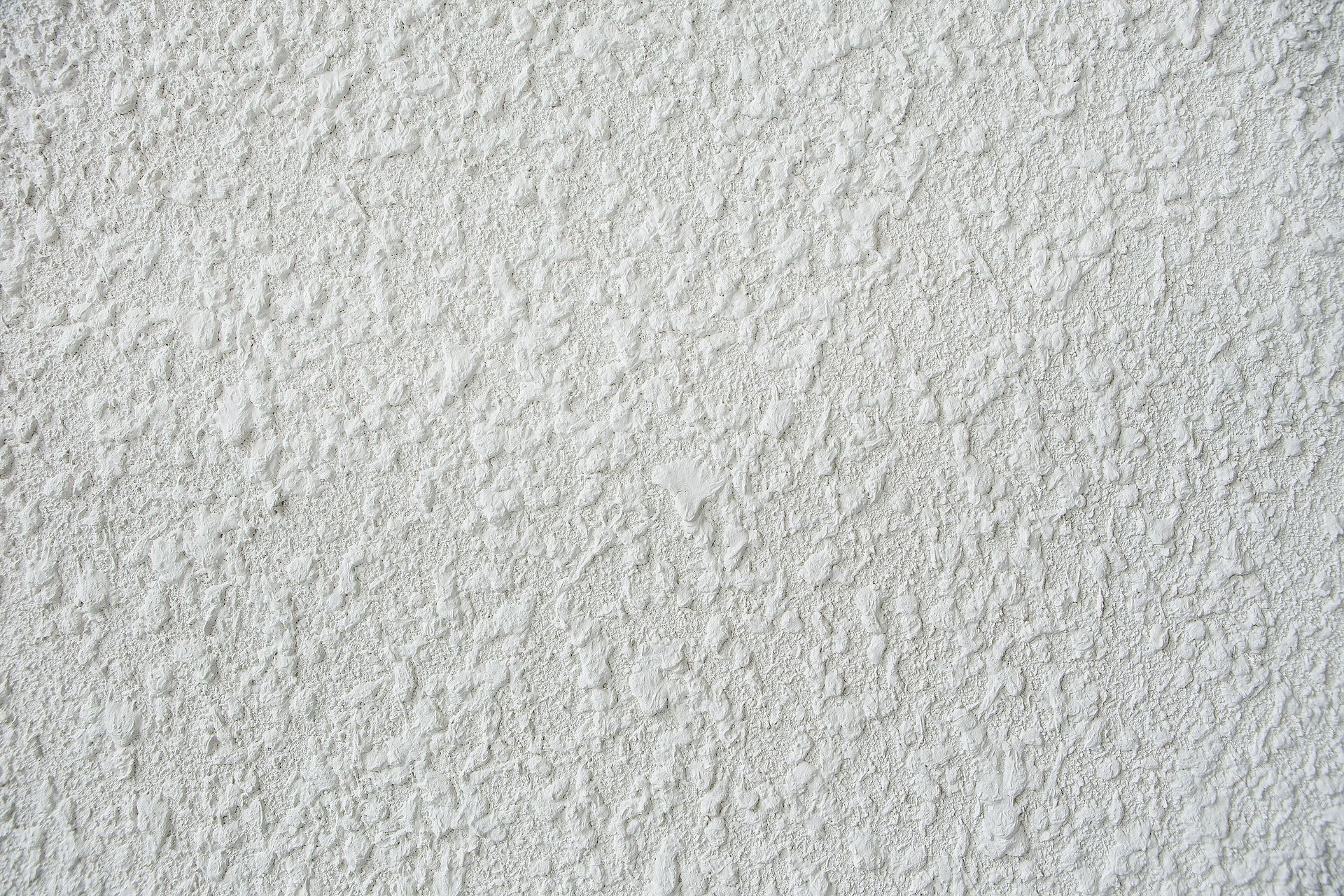Enhancing Space: The Art of Painting and Perception
Improve Your Space Through Painting
Walking into a room can strike up various emotions and perceptions, influenced by its size, layout, and atmosphere. However, one often overlooked aspect that significantly impacts these perceptions is the choice of paint. The colors we paint our walls can play a profound role in how we perceive space. Let's dive into the art of painting and explore how different paint choices can affect the perceived size of a room.
1. Color Psychology:
Color psychology suggests that different colors evoke distinct emotional responses and perceptions. Lighter colors like white, cream, or soft pastels tend to create an illusion of more space by reflecting light, making the room feel airy and expansive. On the other hand, darker hues such as deep blues, greens, or rich browns can add warmth and coziness but might visually shrink the room.
2. The Power of Light:
Natural and artificial lighting can dramatically alter the way paint colors appear in a room. Rooms with ample natural light can carry darker shades more effectively without feeling oppressive, while poorly lit spaces may benefit from lighter tones to enhance brightness and openness. Strategic placement of mirrors can also amplify natural light, making the room appear larger.
3. Playing with Perspective:
Painting techniques like color blocking or accent walls can create visual interest and alter the perception of space. Horizontal stripes can elongate walls, giving the impression of a wider room, while vertical stripes draw the eye upward, making the ceiling appear higher. Similarly, painting ceilings in lighter shades than the walls can create a sense of height, expanding the perceived dimensions of the room.
4. Consideration of Contrast:
Contrast in paint colors can influence how elements in the room stand out or recede. Using similar tones for walls and trim can create a seamless flow, making the boundaries of the room less distinct and thereby enhancing the feeling of spaciousness. Conversely, stark contrasts between walls, trim, and accents can create visual boundaries, potentially making the room feel smaller.
5. Texture and Finish:
Beyond color, the choice of paint finish can also impact the perceived size of a room. Glossy finishes reflect more light and create a sense of depth, while matte finishes absorb light, resulting in a softer, cozier atmosphere. Experimenting with textures like faux finishes or stenciling can add dimension and visual intrigue without overwhelming the space.
In the art of painting, color becomes a powerful tool for shaping our perception of space. By understanding the principles of color psychology, lighting dynamics, and painting techniques, we can manipulate the visual cues within a room to optimize its perceived size and ambiance. Whether aiming to create an expansive sanctuary or a cozy retreat, the right paint choices can transform any space into a harmonious haven tailored to our preferences and needs.
Ready to work with Summit County Property Services?
Let's connect! We’re here to help.
Send us a message and we’ll be in touch.
Or give us a call today at 970-471-7846
Agency Contact Form
We will get back to you as soon as possible
Please try again later
Summit Property Services Blog






